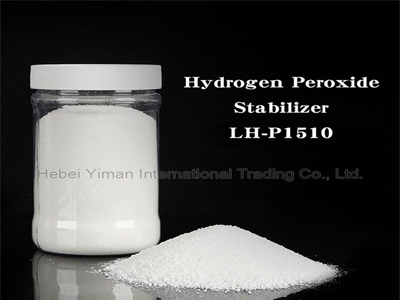What Are Reactive Dyes?
Dye/Dyestuff is one of the most important components in the textile industry and other industries. It is a compound that can attach to any fabric to color the fabric. There are various dyes on the market to choose from, but the most popular ones are those chemically stable dyes that can color the fabric in the shortest time. The two most important factors that qualitatively reactive dyes are temperature and time.
The consumption of dyes is an important indicator for understanding the development of a social economy. In developing economies such as India and China, the consumption of dyes is growing rapidly due to increased development work, urbanization, and population expansion.
Due to the ability to distinguish the source of the dye and how to apply it, there are many types of dyes. Dyes obtained from natural sources such as plants or flowers are called natural dyes, not synthetic dyes. Similarly, there are dyes that can be distinguished according to their applications. One of the most commonly used variants based on their application is reactive dyes.
Advantages of reactive dyes:
1. Because of its ability to react with the medium, it gives reactive dyes a huge advantage because they become more durable and are visually different. This feature gives it a strong advantage in prohibiting color and cellulose color.
2. There is another powerful advantage of reactive dyes, that is, its wet speed, which is achieved through an effective and direct coloring process.
3. Reactive dyes are suitable for dyeing new cellulose fiber products such as lyocellfibers.
4. Easy to clean: Fibers dyed with reactive dyes can be dyed safely with white clothes without the danger of dyeing.
Although the use of reactive dyes has many advantages, there are also some disadvantages, such as the impact of reactive dyes on the environment. However, reactive dye manufacturers in India and around the world have invested a lot of energy and resources in research to help them develop ecologically sensitive products while providing customers with substantial and continuous value. Other challenges facing the industry include finding skilled and talented labor, government regulations, and manufacturing costs. Although the industry has a bright future, it is important to make progress in all of the above areas to avoid any obstacles.
The reactive dyeing chemically reacts with the cellulose, forming a covalent bond between the dye molecule and the cellulose.
Are reactive dyes environmentally friendly?
If we consider the use of reactive dyes, then reactive dyes must be environmentally friendly.
What is the use of covalent bonds in reactive dyes?
Covalent bonds are used in reactive dyes to make them high in fastness.

Post time: Mar-20-2021

